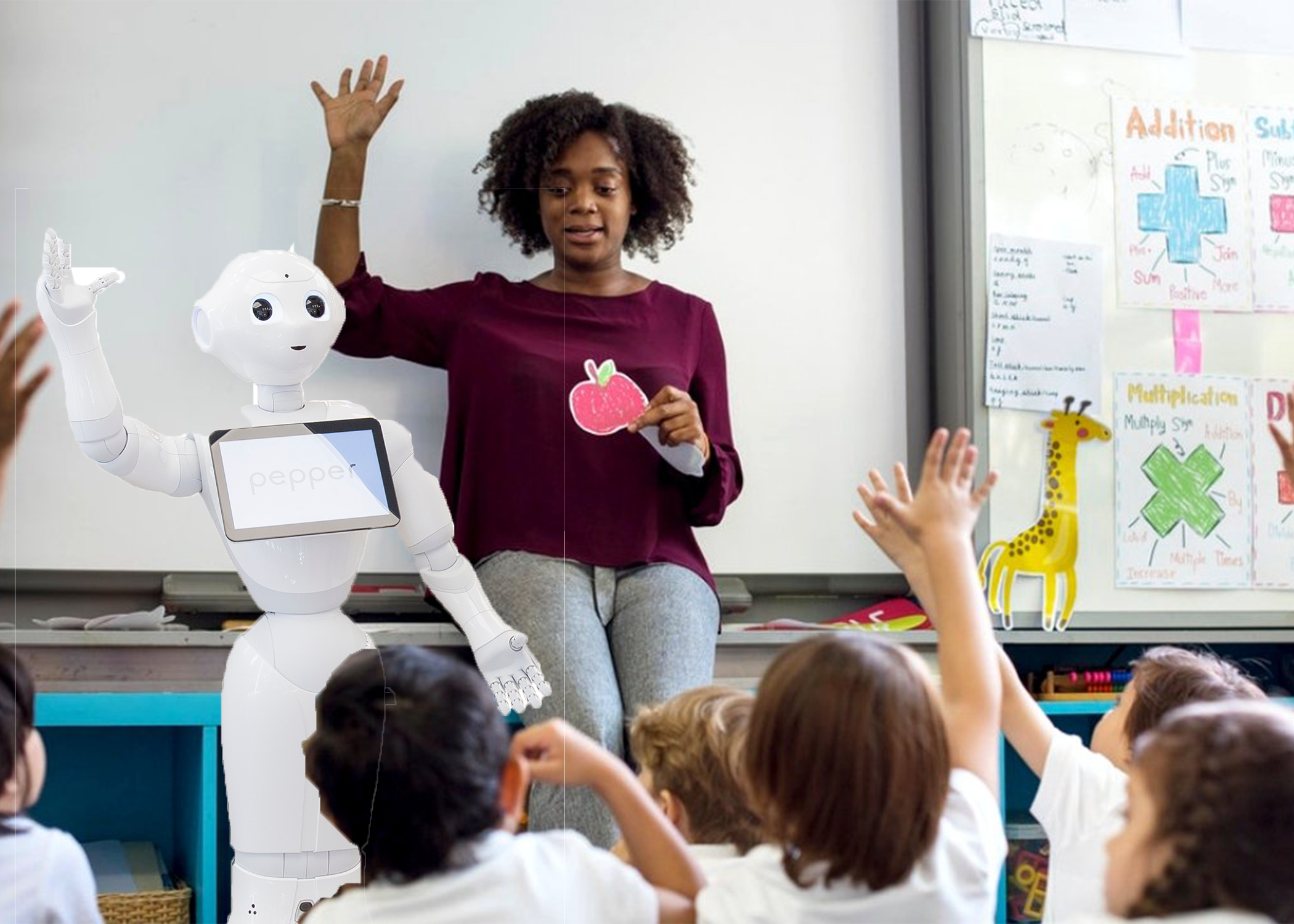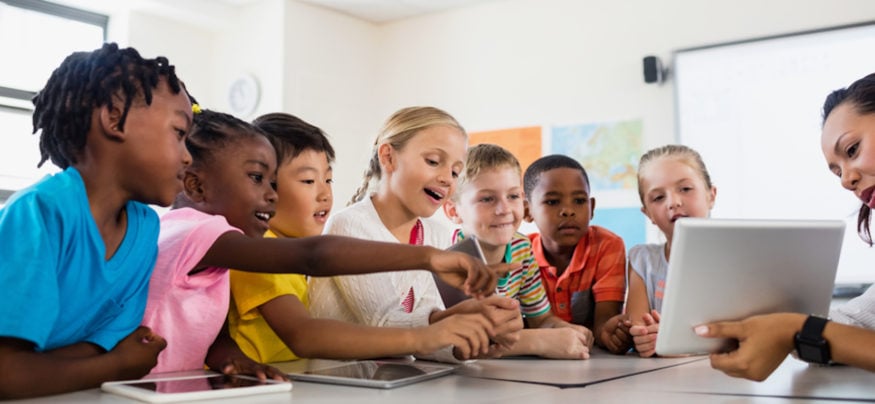By Laura Fields
Say a man is walking in the woods, and he suddenly finds a fence in the middle of nowhere. The fence has no apparent purpose. A careless man might simply tear it down, not seeing the point of leaving it standing. A cautious man will first try to learn why it was built in the first place and then decide.

Our tens-of-thousands of years-old civilization carries with it some antiquated, vestigial practices that need to be updated. But how do we distinguish between what is old because it works, or it is old because nobody has gotten to changing it yet? The answer is caution and observation.
Nowhere is this question more relevant than teaching, especially in a time when nature seems to have taken the choice out of our hands. Like it or not, alternatives to traditional teaching need to be implemented as soon as possible.
Internet to the rescue?
It is hard to describe just how much the Internet has changed the landscape. Every field, no matter how obscure, was altered or enhanced in some way. There is no sector of human activity that was not affected.
One would expect that having all of humanity’s collective knowledge at your fingertips would do away with the need to have formal schooling, yet that change never came. It seems that technological means can act more as a supplement to learning, rather than the primary method.
That being said, of course, tech helps. Rather than spending hours in a library researching, one only needs to type in a few keywords in a search bar.
Robots and AI
So, giving people access to raw knowledge isn’t the most effective way of getting them to learn. What about learning aids in the form of novel technologies such as Augmented Reality, Robots, and Artificial Intelligence.
It is evident to any observer that our economy’s technological shift does not seem to be slowing down any time soon. The sooner we can acclimatize students to technology, the faster and better they can function in a high-tech job market.
Private companies must rise to the challenge and provide teachers with didactic material to captivate the student interest while teaching them valuable information. Companies such as RobotLAB already have a line of well-designed robots which can be purchased at a reasonable price.
Speaking as someone who was a K-12 student at some point, it would be hard even to conceive being bored around a robot. Yet, their line is not restricted to lower education. They have learning aids for college students, as well.
Close but no cigar
You can spend the better half of a college semester debating the merits of traditional teaching methods when compared to more modern approaches. Technologically enhanced learning is essential, and it can even be mandatory in the near future.
However, robots will never replace real teachers due to the way the human mind works. We can all remember the subject we love. Be it sports statistics, lyrics to songs, movie quotes, and so on. We all know how it is to memorize vast amounts of information without even trying to do so.
On the opposite side, everyone knows how hard it is to memorize and understand a subject that does not interest you.
This observation is validated by neuroscience. Memory is stored with the help of emotional labels. The stronger the emotional tie is the more vivid and powerful the memory. This fact is why technology will never outright replace teachers: it lacks the personal connection that memory storage requires.
Albeit, robots do have the advantage of not being boring, yet. It will not be hard to imagine a future when this technology is readily available, and it will become quite stale. Still, a robot/teacher combo team will be a sight to behold in our public schools.
Teaching is not always about information.
There is a fundamental flaw in which modern people view teachers. Learning and the teaching process is so much more than a simple passing of information. A teacher is indispensable because he/she must be more than a vending machine for the useful info.
Like it or nor, teachers are mentors. Most children spend more consistent time with their teachers than they do with their parents.
A robot or an AR program will never replace the personal touch of a person who learned about child psychology, both formally and through experience.
There can be a danger of systematizing everything, viewing educational outcomes as numbers on a chart. Children are people, and these people are growing up in a time without precedent.
Robots will never offer genuine emotional support or read very subtle cues of distress in kid’s behavior.
This need for nurture is why homeschooling produces better results than multi-million dollar government teaching programs that involve multiple teachers. A personal touch is everything in the domain of human learning.
And, I’m not the only one who thinks this.
Conclusion
Technologies such as robots, augmented reality, and artificial intelligence have an integral part to play. It would be accurate to say that they will be indispensable. However, they were never supposed to replace actual teachers.
Teaching is a process of molding a child, and while most of it involves the transfer of information, pedagogy will remain a vital aspect. Children can be very complex and energetic, and no algorithm, no matter how well-written, will be able to harness that youthful energy into something productive.
Bringing us back to the analogy at the start of the article: should we tear down this fence? Does it still have a purpose?
In my opinion, the fence was there for a reason, and it should not be torn down.
Discover more resources with RobotLAB!

Author’s bio. My name is Laura C. Fields, and this subject is an endless source of fascination for me. I have dedicated my life to education, content development, and writing. From writing buyessayonline paper writing reviews, to studying how Augmented Reality and robots can enhance education, the subject of learning is my life’s work.
